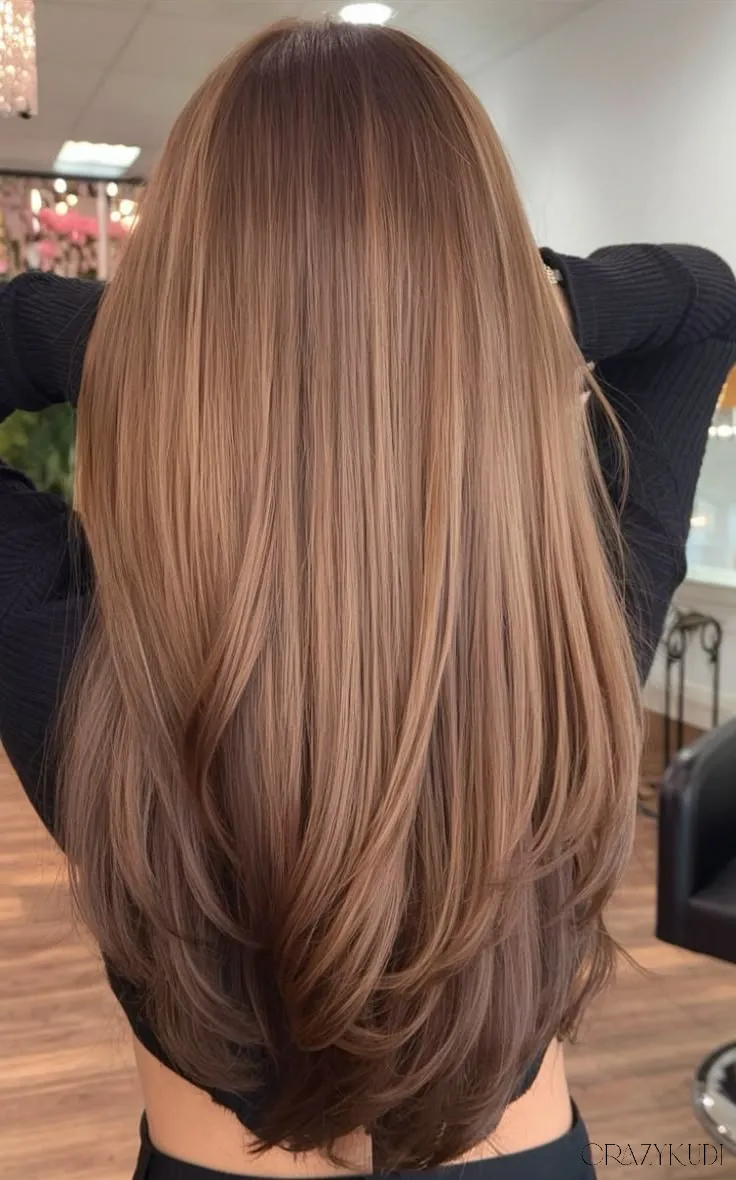Seeing those short, snapped pieces of hair on your brush, pillowcase, or clothing can be disheartening. As a board-certified dermatologist, I often have patients come in concerned about "hair loss," when what they're actually experiencing is hair breakage. While hair loss (shedding from the root, also known as telogen effluvium or alopecia) is a separate issue often requiring medical investigation, hair breakage relates to damage along the hair shaft itself, causing it to weaken and snap off mid-strand or near the ends.
The good news is that while genetic factors play a role in your hair's inherent strength, much of the breakage we experience is due to external factors and handling habits – meaning it's often preventable or manageable with the right care. Understanding why your hair is breaking is the first step to stopping it.
Understanding Your Hair Shaft: Why It Breaks
Think of each hair strand like a rope. It has an outer protective layer called the cuticle (like overlapping shingles on a roof) and an inner core called the cortex, which provides strength and elasticity (made primarily of keratin protein). When the cuticle is damaged, lifted, or worn away, the inner cortex becomes exposed and vulnerable. This weakens the hair shaft, making it prone to snapping under stress.
Also read: Fingernail Clues: A Dermatologist Decodes 8 Signs About Your Health
Common Culprits: What Causes Hair Breakage?
Breakage is essentially the result of cumulative damage that compromises the hair shaft's integrity. Here are the most frequent offenders:
- Chemical Damage:
- Treatments: Bleaching, coloring (especially permanent dyes), perms, and chemical relaxers/straighteners alter the hair's protein structure, lift the cuticle, and strip natural oils, leaving it significantly weaker and more porous.
- Frequency: The more often you undergo these processes, the more damage accumulates.
- Heat Styling Damage:
- Tools: Excessive use of blow dryers (especially on high heat), flat irons, and curling irons boils the water within the hair shaft and damages the keratin protein structure, leading to brittleness and breakage.
- Temperature: Higher temperatures cause more significant damage.
- Mechanical Damage (Physical Stress):
- Rough Handling: Aggressive brushing or combing, especially when hair is wet (when it's most elastic and vulnerable), can stretch and snap strands. Detangling knots forcefully is a major culprit.
- Tight Hairstyles: Ponytails, buns, braids, or weaves pulled too tightly put constant tension on the hair shaft, leading to breakage, particularly near the hairline (traction alopecia can also occur, which is hair loss from the root).
- Friction: Rubbing hair vigorously with a rough towel, friction against cotton pillowcases while sleeping, or even abrasive accessories can rough up the cuticle and cause wear and tear.
- Lack of Moisture & Conditioning:
- Dryness: Hair naturally lacking moisture or stripped of its oils by harsh shampoos becomes brittle and less flexible, making it snap easily. This is common with curly or coily hair types, which have a harder time distributing sebum down the shaft, and with aging hair as sebum production decreases.
- Inadequate Conditioning: Conditioners help smooth the cuticle, reduce friction, improve elasticity, and replenish some moisture, making hair more resistant to breakage. Skipping this step leaves hair vulnerable.
- Environmental Factors:
- UV Exposure: Sun can degrade hair proteins and damage the cuticle over time.
- Chlorine/Saltwater: Can strip moisture and weaken hair if not rinsed out promptly.
- Dry Climate: Low humidity can exacerbate dryness and brittleness.

Your Action Plan: How to Minimize and Prevent Breakage
Stopping breakage requires a commitment to gentle handling and restoring hair health:
- Be Gentle with Wet Hair: Hair is weakest when wet. Avoid vigorous rubbing with a towel; gently squeeze or blot instead. Use a wide-tooth comb or your fingers, starting from the ends and working your way up, to detangle wet hair. Consider applying a leave-in conditioner or detangler first.
- Condition Consistently & Deeply: Never skip conditioner after shampooing. Focus application on the mid-lengths and ends. Incorporate a deep conditioning treatment or hair mask weekly (or more often if needed) to infuse moisture and temporarily patch the cuticle. Look for ingredients like ceramides, hydrolyzed proteins, panthenol, and natural oils/butters.
- Turn Down the Heat: Minimize heat styling whenever possible. Let your hair air dry partially or fully. When using heat tools, apply a heat protectant spray first, use the lowest effective temperature setting, and don't linger too long on any one section.
- Handle Chemical Treatments Wisely: If you color, bleach, or chemically process your hair, try to extend the time between treatments. Seek professional services, as stylists can use bond-building additives (like Olaplex) and assess your hair's condition. Deep condition regularly after chemical services.
- Re-evaluate Your Cleansing Routine: Avoid harsh shampoos containing strong sulfates (like Sodium Lauryl Sulfate) if your hair feels stripped. Consider co-washing (washing with conditioner only) sometimes, or use sulfate-free or hydrating shampoos. Focus shampoo mainly on the scalp.
- Loosen Up Your Styles: Give your hair breaks from tight ponytails, buns, and braids. Opt for looser styles when possible. Use soft hair ties (like scrunchies made of silk/satin) instead of tight elastic bands.
- Protect While Sleeping: Swap your cotton pillowcase for a silk or satin one to reduce friction and prevent snagging overnight. You can also loosely braid or tie hair up in a silk scarf or bonnet.
- Get Regular Trims: While it won't stop breakage originating higher up, trimming away split ends prevents them from traveling further up the hair shaft and causing more extensive snapping. Aim for a trim every 6-12 weeks, depending on your hair's condition.
- Consider Protective Styling (Carefully): Styles like braids or twists can protect ends from manipulation, but ensure they are not installed too tightly to avoid traction damage.
- Nourish from Within: While external care is key for breakage, overall hair health benefits from a balanced diet rich in protein, iron, zinc, biotin, and vitamins, plus adequate hydration.
Also read: Hair Changes with Age: A Dermatologist Explains Why & What You Can Do
When Breakage Might Signal More:
While most breakage is due to the factors above, severe, sudden, or widespread breakage, especially if accompanied by significant hair shedding from the scalp, warrants a visit to a board-certified dermatologist. We can rule out underlying nutritional deficiencies, thyroid problems, or rare hair shaft disorders and recommend appropriate medical treatments if needed.
Conclusion:
Stopping hair breakage is primarily about minimizing damage and maximizing moisture and gentle handling. By understanding the common culprits and implementing these protective strategies consistently, you can significantly improve your hair's resilience, reduce snapping, and restore a healthier, stronger appearance to your strands. Be patient – it takes time for healthier hair to grow out – but consistent gentle care makes all the difference.

